MGMT20140: Design Thinking Approach to Strategy and Innovation
VerifiedAdded on 2024/07/01
|6
|793
|50
AI Summary
This poster explains the concept of design thinking and its application to strategy and innovation. Design thinking is a methodology used to solve complex problems and find desirable solutions, focusing on solutions and actions for a preferred future. It uses logic, intuition, imagination, and systematic reasoning to explore possibilities and create desired outcomes, utilizing elements like experimentation and empathy. Design thinking allows decisions based on future customer demand rather than historical data, transforming how organizations develop services, products, processes, and strategies. The design thinking process includes five stages: empathize, define, ideate, prototype, and test. Challenges in design thinking include impulsive reactions, egos, perception, mindsets, knowledge, beliefs, group thinking, education, skills, language, team construction, environment, time, and money, which can hinder effective outcomes.
1 out of 6
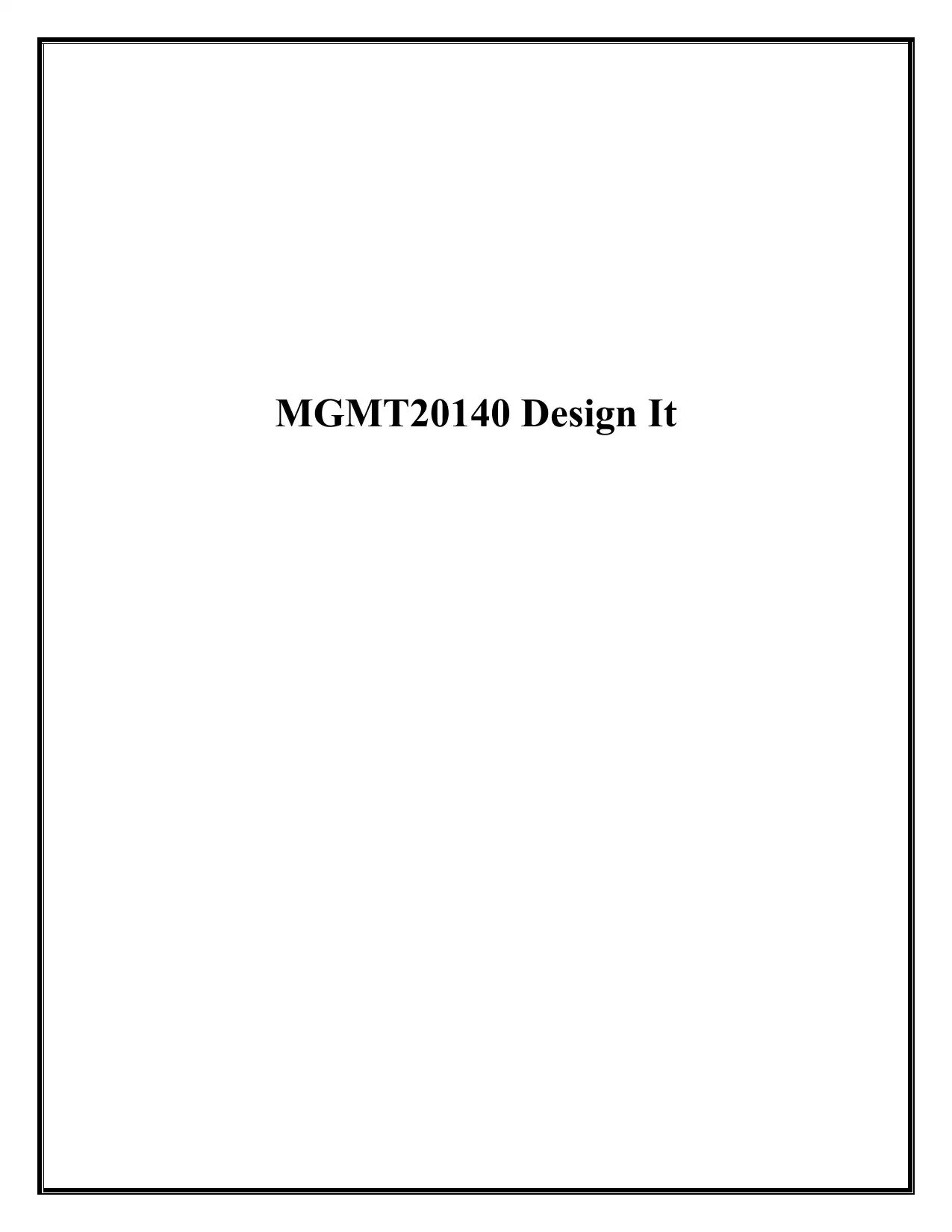
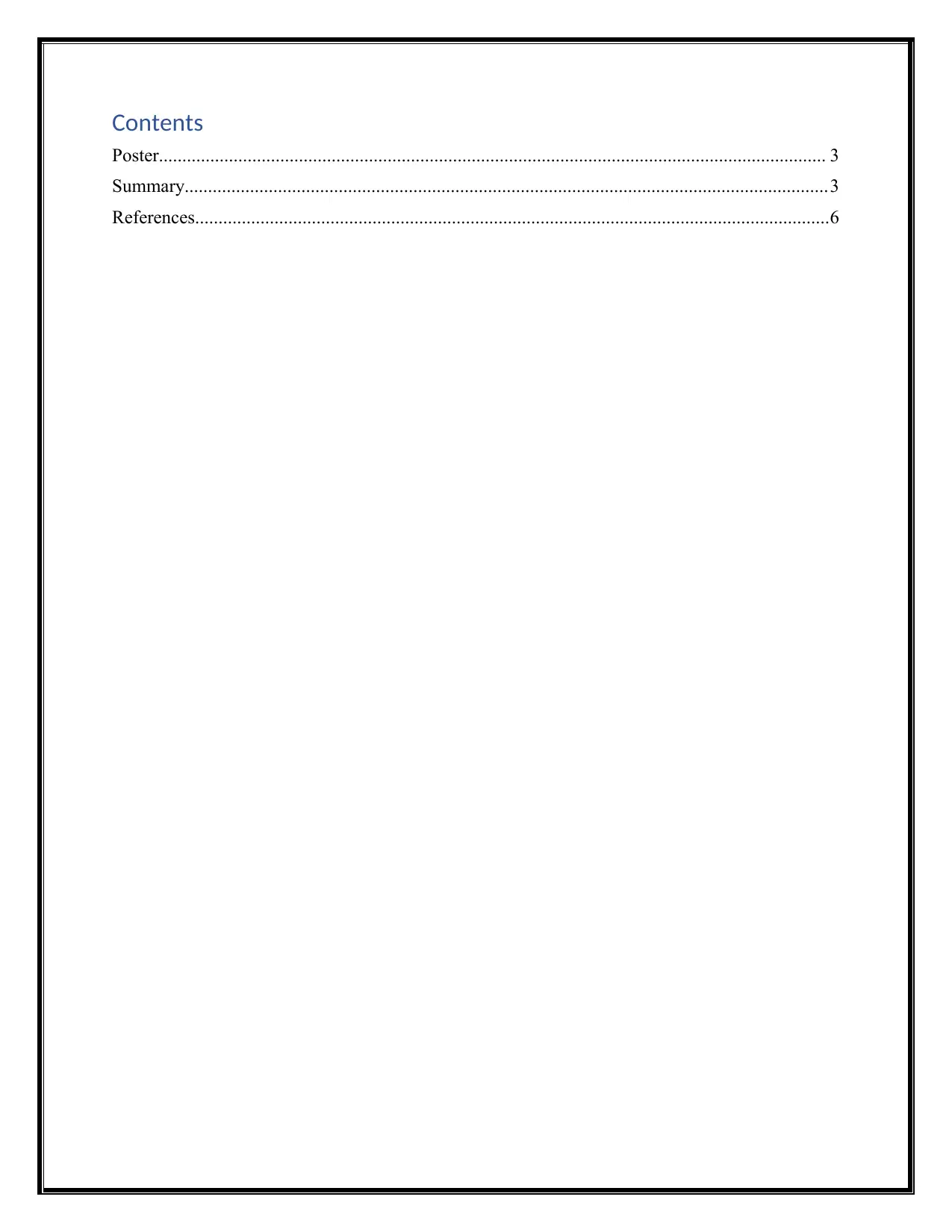
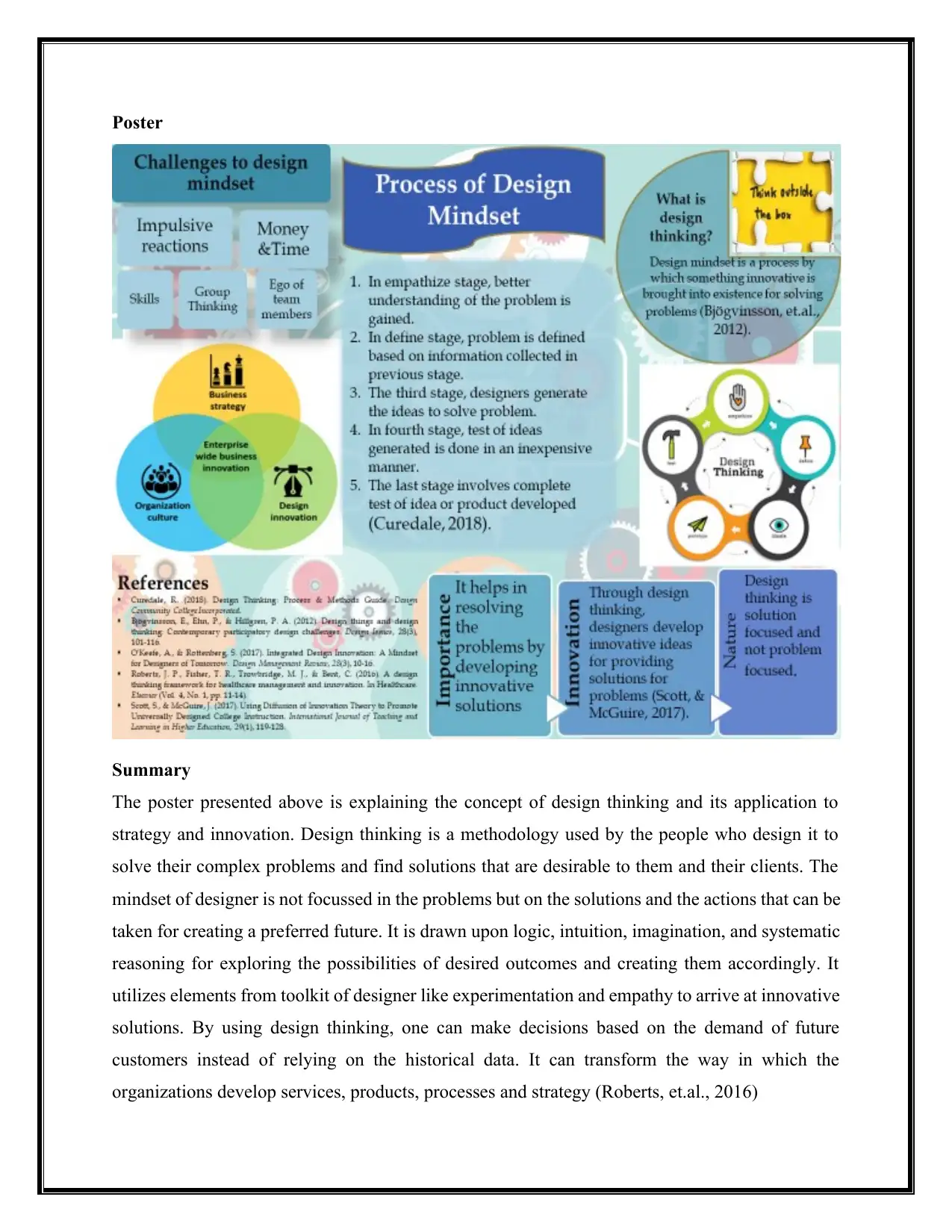

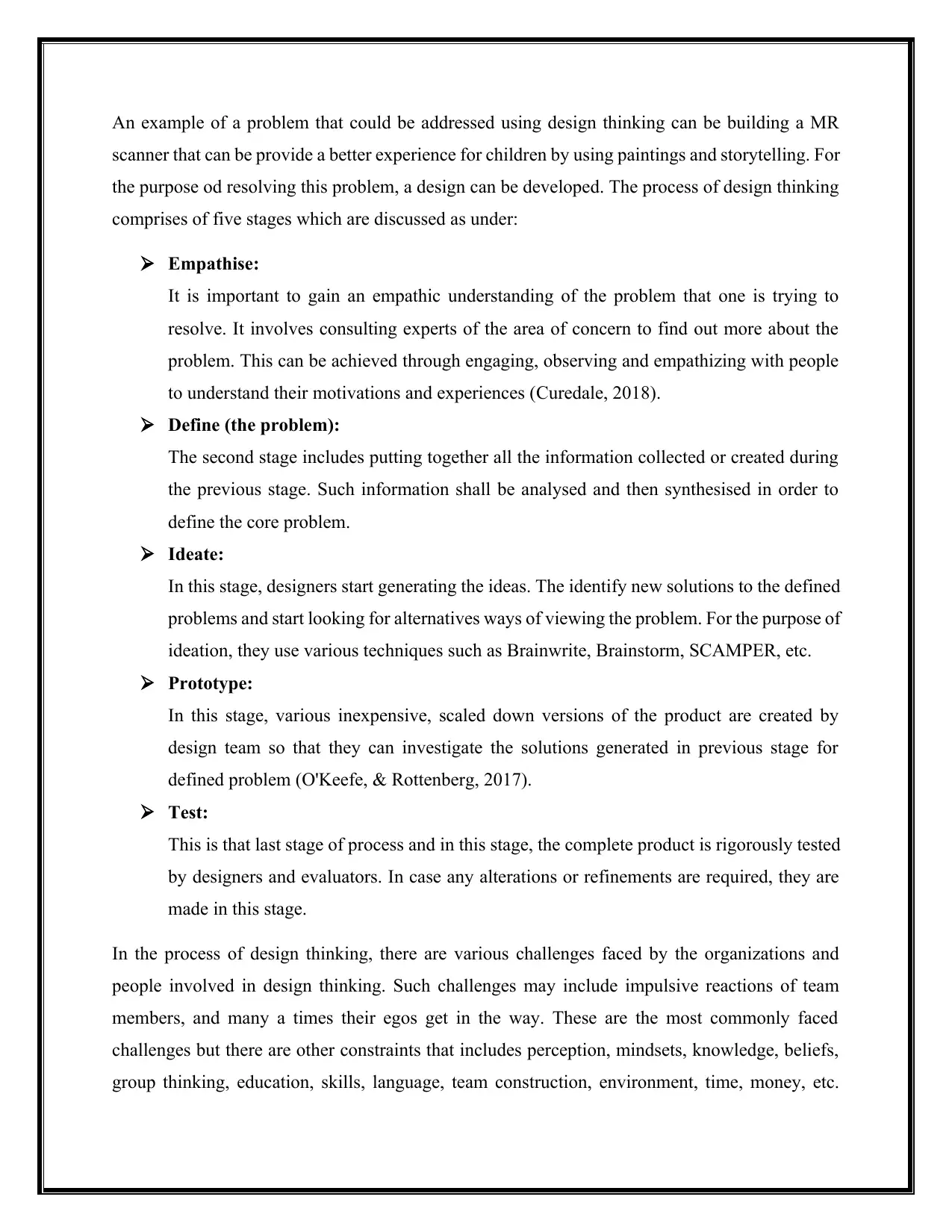
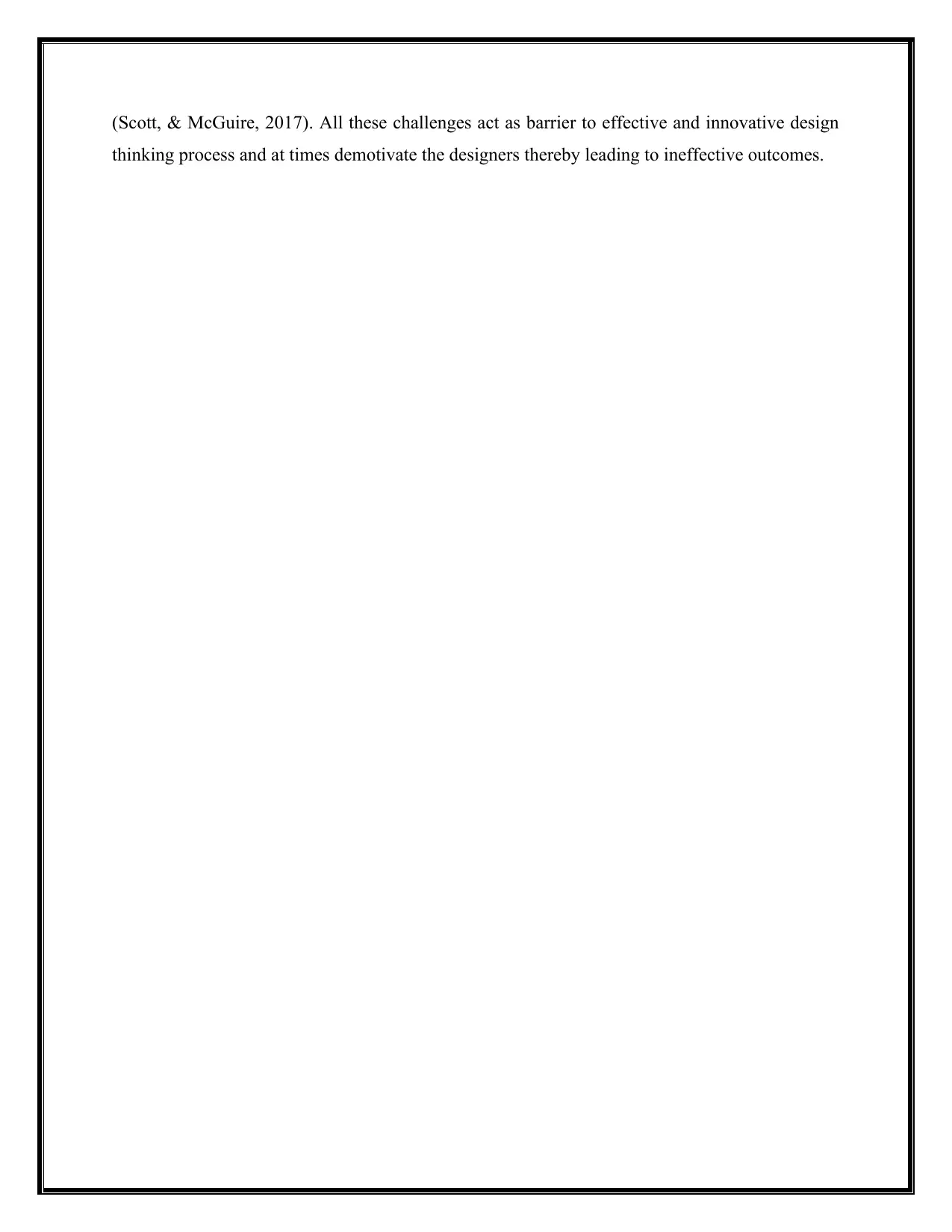
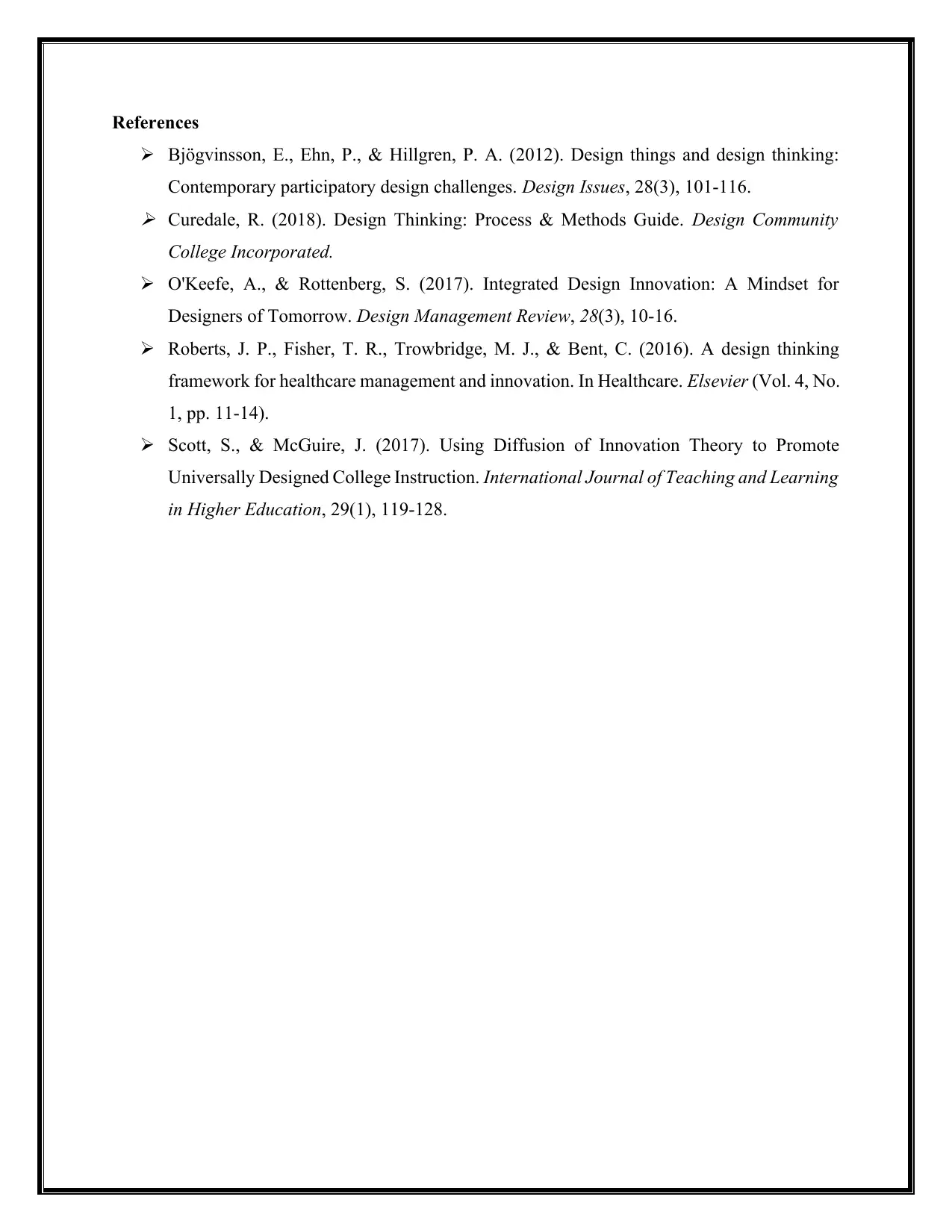




![[object Object]](/_next/static/media/star-bottom.7253800d.svg)